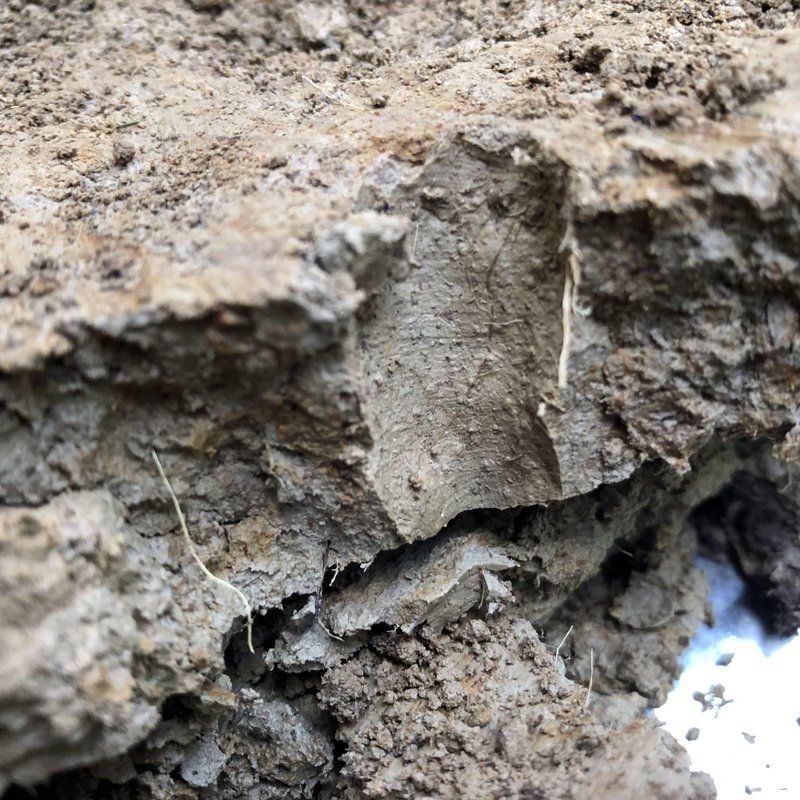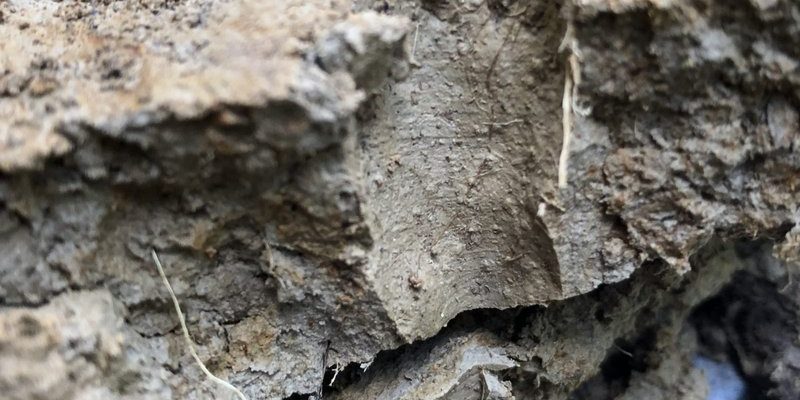
Imagine you have a friend who can sense when the weather is changing before anyone else. This is similar to what the Giant Gippsland earthworm does for the soil and ecosystems it inhabits. By studying these worms, researchers can glean important insights into soil health, pollution levels, and overall ecosystem vitality. Let’s dig into this topic more deeply and explore how these giant worms help us understand our environment.
What is the Giant Gippsland Earthworm?
The Giant Gippsland earthworm (Megascolides australis) is one of the largest earthworms in the world, reaching lengths of up to 3 meters (almost 10 feet!). Found primarily in the Gippsland region of Victoria, Australia, these impressive creatures live in deep burrows, which they create in rich, moist soils. Their size is not just a fun fact; it plays an essential role in how they interact with their environment.
You might be wondering what makes these worms special beyond their giant stature. Well, these earthworms have a unique ability to aerate soil and improve its structure, acting as natural tillers. This means they help in mixing organic matter into the soil, making it more fertile. A rich, healthy soil is essential for robust plant life, which in turn supports entire ecosystems.
Characteristics of the Giant Gippsland Earthworm
These earthworms are equipped with distinct features that help them thrive. Here are a few key characteristics that highlight their uniqueness:
- Size: As mentioned, they can grow super long—up to 3 meters.
- Color: Their bodies are typically a pale pink or lavender shade, which helps them blend into the moist earth.
- Burrowing habits: They create extensive burrows that can be several meters deep, allowing them to access nutrient-rich soil and water sources.
These characteristics make the Giant Gippsland earthworm not just fascinating, but also vital agents in soil health.
Why Use Earthworms for Environmental Monitoring?
Now, you might be thinking, “Why earthworms? Can’t we just measure things with machines?” While technology does provide invaluable data, earthworms offer something unique: they’re like nature’s indicators. Their presence, absence, or even behavior can tell you a lot about soil and ecosystem health.
For example, if there are fewer Giant Gippsland earthworms in an area, it might indicate soil contamination or degradation. This is because these worms are sensitive to pollutants. Their decline could signal a problem that needs addressing, allowing us to take action before it escalates.
In a sense, these worms are like the canaries in a coal mine for soil health. Just as canaries once helped miners detect dangerous gases, Giant Gippsland earthworms inform us about the well-being of our soils.
How Do Earthworms Indicate Soil Health?
Earthworms can be considered bioindicators, meaning they provide evidence of environmental conditions through their presence. Here’s how they help:
- Soil composition: They thrive in nutrient-rich soils, so fewer worms can indicate poor soil quality.
- Pollution levels: The presence of contaminants like heavy metals negatively affects their population.
- Soil structure: Healthy populations help maintain good soil structure, promoting plant growth.
When scientists study the Giant Gippsland earthworm, they look at these indicators to assess not just the worms, but the entire ecosystem’s health.
Practical Applications of Using Giant Gippsland Earthworms
So, how can we actually use these earthworms in real-world applications? Here are a few examples:
1. Environmental Assessments: Researchers can monitor earthworm populations in various locations to assess the impact of agricultural practices, urban development, or pollution.
2. Conservation Efforts: Tracking these earthworms helps conservationists understand the effects of land use changes and work toward preserving their habitats.
3. Agricultural Practices: Farmers might use earthworm counts as a gauge for soil health, potentially adjusting their farming methods to promote healthier ecosystems.
Earthworms can be a simple yet effective tool for measuring the health of our environment. It’s a win-win: healthier earthworms mean healthier soil, which leads to thriving plants and wildlife.
How to Monitor Earthworms Effectively
If you’re interested in monitoring the Giant Gippsland earthworm population, here’s a quick guide on how to do it:
1. Site Selection: Choose areas with varying land use, like agricultural and natural settings.
2. Sampling Method: Use a technique called the “trowel method,” where you dig a 30 cm deep and 30 cm wide hole, then collect earthworms from that area.
3. Identification: Carefully identify the Giant Gippsland earthworm among other species using their size and color.
4. Data Recording: Keep track of the number of worms found in each area, along with notes about the environment (e.g., soil quality, nearby pollution sources).
By following these steps, you can start to gather insights about the health of your local ecosystem.
The Role of Education in Promoting Earthworm Conservation
To truly harness the power of the Giant Gippsland earthworm in environmental monitoring, education is key. Schools, universities, and community programs should highlight the importance of these worms and their role in our ecosystem. Here’s how we can spread the word:
1. Workshops: Host educational workshops focused on earthworm biology and their significance in soil health.
2. Citizen Science Projects: Encourage community members to participate in monitoring initiatives, creating a sense of ownership and advocacy for local ecosystems.
3. School Programs: Integrate earthworm studies into science curricula to foster interest in environmental sciences from a young age.
By educating the public, we can inspire the next generation to appreciate these remarkable creatures and understand their importance in our environment.
Challenges and Considerations in Using Giant Gippsland Earthworms
Despite their potential, using Giant Gippsland earthworms for environmental monitoring isn’t without challenges. Here are a few considerations:
1. Habitat Loss: Urban development and agricultural expansion can diminish their natural habitats, making monitoring difficult.
2. Pollution Sensitivity: While their sensitivity to pollutants is useful, it also means that a single spike in pollution could lead to dramatic declines in their numbers, complicating interpretations.
3. Data Interpretation: Correlating earthworm populations with broader environmental trends requires careful research and analysis.
By understanding these challenges, researchers can better strategize their monitoring efforts and advocate for the Giant Gippsland earthworm’s conservation.
The Giant Gippsland earthworm is more than just an intriguing creature; it’s an important ally in our quest to monitor and protect our environment. From indicating soil health to aiding in conservation efforts, these giant worms provide valuable insights into the ecosystems they inhabit.
As we learn more about these earthworms, we can make better decisions for our lands and communities. Honestly, it’s a wonderful reminder of how interconnected everything is—how even the smallest actions can define the health of our planet. So, let’s embrace these incredible creatures and appreciate the vital role they play in keeping our environment thriving!

